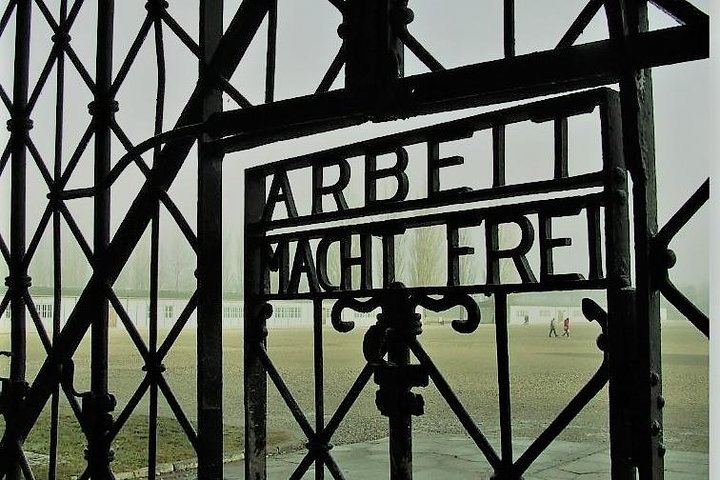Confronting History: A Profound Visit to Dachau
As a historian, I was initially hesitant to visit Dachau during our Munich trip. However, the experience, guided by the knowledgeable James, became one of the most profound of my travels, offering deep insights into history’s darkest chapters.
A Journey into the Past: Visiting Dachau
When my wife first suggested we visit the Dachau Concentration Camp during our stay in Munich, I was hesitant. The idea of stepping into a place so steeped in human suffering seemed at odds with the light-hearted nature of our holiday. Yet, as a historian, I knew the importance of confronting the past, no matter how uncomfortable it might be. Little did I know that this visit would become one of the most profound experiences of my travels.
Our guide, James, met us early in the morning at Marienplatz. From the outset, it was clear that this was not just another tour. James, with his respectful and knowledgeable demeanor, set the tone for the day. He emphasized that Dachau was a place of remembrance, not a tourist attraction, and his firm yet compassionate approach ensured that everyone understood the gravity of our visit.
As we traveled by train to the camp, James provided us with a detailed historical context. Dachau, established in 1933, was the first Nazi concentration camp and served as a model for the others that followed. The chilling juxtaposition of the ordinary suburban landscape with the camp’s dark history was striking. It was a stark reminder of how such atrocities could occur amidst everyday life.
Walking Through History
Arriving at Dachau, the infamous wrought-iron gate with the words “Arbeit macht frei” greeted us. This phrase, translating to “Work sets you free,” was a cruel deception used by the Nazis. Standing before it, I felt a chill, a tangible connection to the countless souls who had passed through those gates.
The roll-call yard was our first stop, a vast, empty space where prisoners once stood for hours, subjected to the whims of their captors. James described the psychological manipulation employed by the Nazis, breaking prisoners not just physically but mentally. The weight of history was palpable, and I could almost hear the echoes of those who had suffered there.
Inside the reconstructed barracks, the reality of life in the camp hit me. Rows of wooden bunks, stacked three high, spoke of the overcrowding and inhumane conditions. Originally designed for 6,000 prisoners, Dachau held over 30,000 at its peak. Disease, starvation, and despair were constant companions for those imprisoned here.
James shared stories of individuals, giving faces and names to the statistics. He spoke of the clergy, political opponents, Jews, Roma, and others who were targeted. His narrative transformed abstract numbers into real human experiences, making the history of Dachau deeply personal.
The Weight of Remembrance
The most harrowing part of the visit was the crematorium. From the outside, it appeared almost ordinary, but inside, the ovens stood as silent witnesses to the horrors that had occurred. Standing there, I felt a profound sense of sorrow and anger. The air was cold, yet the walls seemed to echo with the cries of those who had perished.
Throughout the camp, memorials stand as reminders of the diverse backgrounds of those who suffered. Catholic, Protestant, Jewish, and other memorials underscore the collective responsibility of remembrance. Forgetting or downplaying the past risks allowing history to repeat itself.
James’s passion and dedication were evident throughout the tour. He answered every question with clarity and compassion, ensuring that we left with a deeper understanding of why Dachau matters. His guidance transformed what could have been a mere historical visit into a deeply moving experience.
Reflecting on the day, I realized that visiting Dachau was not just about confronting the past but about understanding the present and shaping the future. It was a reminder of the resilience of the human spirit and the importance of remembering history’s darkest chapters to prevent them from happening again. This visit, though sobering, was a necessary journey into the past, one that I will carry with me always.











































